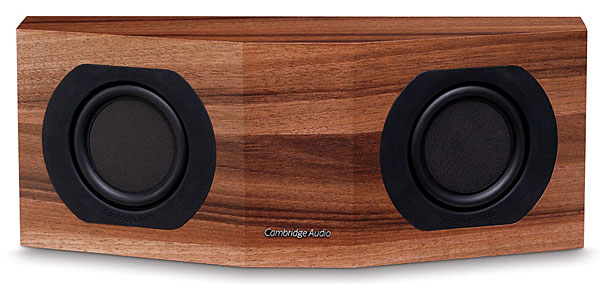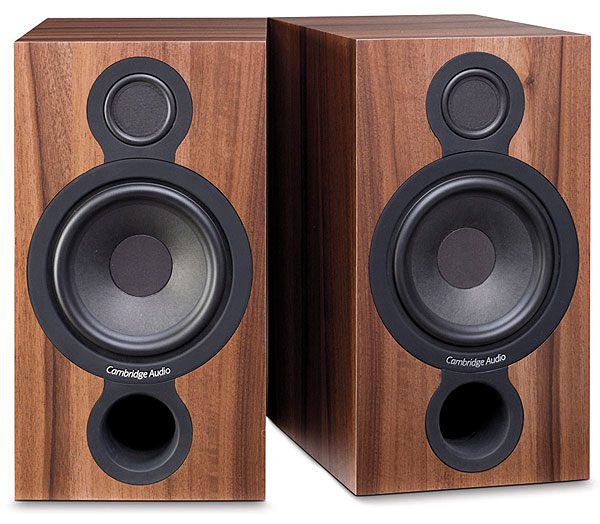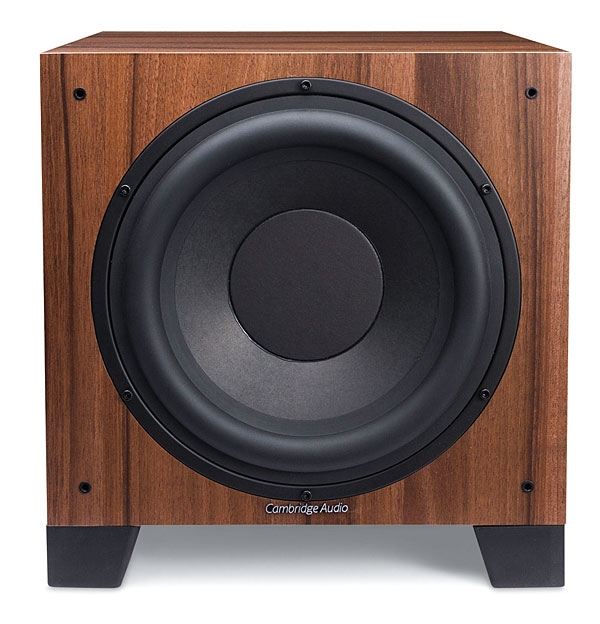Transitioning from a crib to a toddler bed is a big step for both toddlers and parents. It's important to make sure your child is ready for this transition before making the switch. Signs that your toddler is ready for a toddler bed include: https://alltoddlerneeds.com/best-toddler-nap-mat/
Cambridge Audio Aero 2 Speaker System

AT A GLANCE
Plus
Flat BMR in lieu of tweeter
Clear sonic window into the midrange
Unusual dual-mono/bipole surrounds
Affordable price
Minus
Boxy vinyl-wrap enclosures
THE VERDICT
Cambridge Audio’s Aero reinvents the two-way loudspeaker in midrange-friendly fashion with excellent performance and value.
What if you needed two throats to speak? Sounds a bit cumbersome, right? But that’s how a two-way loudspeaker usually treats the human voice. Its drivers divide the midrange frequencies where the voice resides into two parts, sending higher frequencies to the tweeter and lower frequencies to the woofer. While the crossover varies from speaker to speaker, the frequencies that handle the voice usually get split right in the region where human ears are most sensitive to vocal timbre.
Of course, good speaker designers routinely surmount this obstacle to natural vocal sound, either by carefully tweaking their two-way designs or by going to three-way designs that dedicate a separate driver to midrange reproduction. But the three-way approach adds two more crossover sections, potentially leading to other troubled areas of reproduction.
The folks at Cambridge Audio have come up with a different workaround. The Aero 2 monitor still uses two drivers and a crossover. But there the resemblance to conventional two-way loudspeakers ends. Aero uses a different kind of driver array to avoid the unnatural division of the midrange frequencies, and it moves the crossover from the upper midrange (2 to 4 kilohertz in most speakers) to the midbass (250 hertz), well away from the presence region. The result is a provocative new speaker design that has a sound of its own and is remarkably good at vocal reproduction.
Go Flat, Young Man
The key to the Cambridge approach is a driver with a flat diaphragm called the BMR, or balanced mode radiator. In the Aero series, it’s used in lieu of a tweeter. It also takes on part of the woofer’s workload, making the woofer (to use Cambridge terminology) a subwoofer. The system reviewed here also adds a standalone sub, so I’m going to use the term woofer to refer to the larger cone drivers in the five non-sub speakers.

The BMR diaphragm is a composite sandwich with paper skins covering a honeycomb paper core. The material was chosen for its high strength-to-weight ratio, not primarily for cost, and is used for all Aero drivers. The BMR handles both high and mid frequencies and uses a different kind of motion for each. Conventional drivers move like pistons, with the entire diaphragm moving back and forth in unison. Instead, a BMR driver creates controlled ripples in the diaphragm like a bunch of stones tossed into a pond, bending the diaphragm to generate high frequencies. In engineer speak (with a nod here to S&V audio tech editor Mark Peterson), the higher frequencies are effectively being produced with the diaphragm in a controlled version of what is often called “breakup mode.” At lower frequencies, the BMR operates more like a piston, as conventional drivers do. Above a certain frequency, areas of the diaphragm move in different directions relative to one another, resulting in phase behavior that leads to a sonic character that many would describe as spacious.

Meet the Aeros: The Aero 2, here serving the front left/right channels, has a 2-inch BMR and a 6.5-inch woofer in a ported enclosure. The Aero 5 horizontal center has the same-sized BMR and a pair of 5.25-inch woofers in a smaller, sealed enclosure. In the Aero 3 surround are two 4-inch BMRs (and no other drivers) in what amounts to two fully sealed enclosures in the same cabinet. It can operate as either a bipole, for diffusive surround effects, or in what Cambridge describes as dual-mono mode for more localizable surround effects. The two sets of binding posts can also be connected in such a way as to discretely reproduce both side and back surround channels from a seven-channel AVR. All three models have nominal impedance vaguely stated as “8 Ohms compatible”—see our lab results for a realistic measurement. The Aero 2 and Aero 5 have rated sensitivity of 90 decibels; the Aero 3’s is listed as 88 dB.

The Aero 9 sub uses a pair of 10-inch woofers, one active, one passive, backed with a 500-watt Class D amplifier. Cambridge refers to the passive radiator as an auxiliary bass radiator (ABR).
The Aero series also includes a floorstanding model not reviewed here, the Aero 6 ($1,099/pair), with a 2-inch BMR and dual 6.5-inch woofers. All Aero models come in rectangular-shaped enclosures except for the dual-baffle Aero 3 surround. All are vinyl-wrapped in faux walnut or black. At these prices, you’re not getting wood veneer, but the walnut finish of our review samples was light and pleasant, not dark and dingy, and quite presentable.
Associated equipment included a Pioneer Elite VSX-53 A/V receiver, Oppo BDP-83SE universal disc player, Micro Seiki BL-21 turntable, Shure V15MxVR/N97XE cartridge, and Onix OA 21s integrated amp serving as phono preamp. All movie demos were Blu-ray Discs with DTS-HD Master Audio soundtracks.
- Log in or register to post comments


Some of these factors include the type of vehicle, the distance of the journey, the time of year, and the type of service you require. While distance and vehicle size are two important factors that can affect the cost of car transport, they are not the only ones. Car Shipping Rates Shawnee, Oklahoma





































































